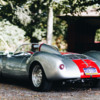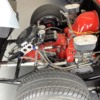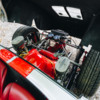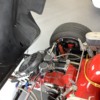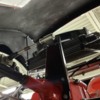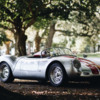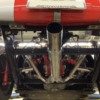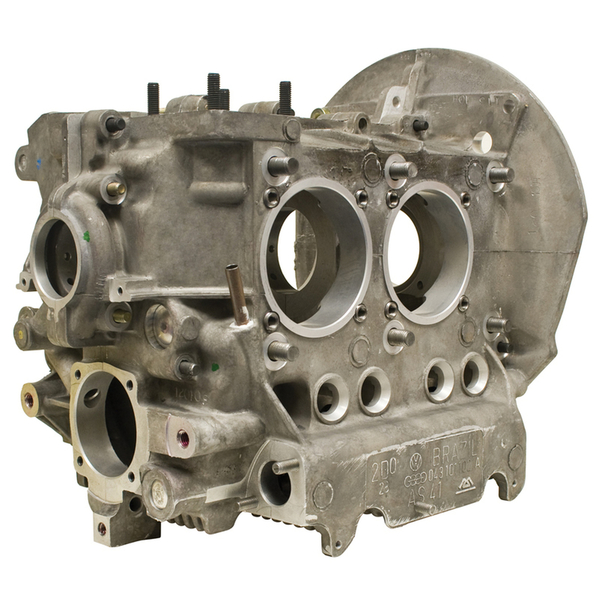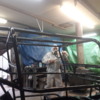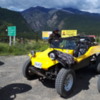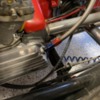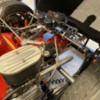I'm so glad I posted.  I never imagined it'd flame a thread drift about which line on the dip stick oil should be filled to.
I never imagined it'd flame a thread drift about which line on the dip stick oil should be filled to.
Agreed, oil that is outside the case in the filter, cooler and associated plumbing is not in the sump. And, if oil level in the sump falls below the tip of the pickup tube; well, bad things can start to happen.
But in MVSPYDER's case, his extended sump solves several problems. 1st, his oil pickup is 1-1/2 quart deeper into the sump reservoir than with a stock case. (Thus when he fills to 1/2 quart low on the stock dipstick, he still has what amounts to another full quart more than the dipstick indication 'hiding' in the sump.). So it is unlikely he is going to suck the sump dry, even during very sporty back-road high RPM driving. 2nd, during hard corner driving the oil in the extended sump has a better chance of staying in the sump where the oil pick up is (rather than sploshing out into the valve covers exposing the oil pickup; like with a stock case). 3rd, the extended sump provides more metal surface in open air for some additional oil cooling.
And, about that "extra" oil running around outside the case? MVSPYDER needs that too. He has a 'big' engine. Big engines make more heat than stock. The more oil he can have running around outside of the hot engine case the better. The oil is being cooled down 'out there', which cools the engine when it returns to the case. Plus, there is the benefit of: The-more-oil-the-better.
By the way MV, you have a thermostatically controlled oil bypass to the oil cooler on top of your oil filter, and it looks like you have a thermostatically controlled fan on the cooler. They work in series like this: 1. Oil coming from the case to filter below 180* goes through the filter, then directly back to the case. 2. Oil coming from the case to the filter above 180* goes through the filter, then to the cooler, and then to the case. 3. The oil cooler fan turns on if oil coming OUT of the cooler is over 180*.
Of course, Al and Danny and Stan know all of this stuff (and a lot more than I know) so I'd never attempt to instruct them. But MV might not. So I'm just 'throwing it out there'.
PS: MV, 1/2 quart low on the dipstick. You'll be ok.





